Autonomous Drone Solutions for the Power & Utilities Industry

Drone-powered solutions have been the go-to solution for most industries, transforming their businesses with Safer, Faster, Cheaper, and more efficient and effective solutions to their pain points. Now, what if we add ‘Autonomy’ to the mix? That’s DJI Dock for you! The first-ever Drone-in-a-box solution from DJI – the DJI Dock is on a mission to transform various organisations across the globe, with the ‘Power and Utilities’ sector being the major beneficiary. Let’s dive deep into the Autonomous Drone Operations powered by DJI Dock specifically for the Power and Utilities sector!
Solar Inspections powered by DJI Dock

Drone technology has already been helping the Solar Energy sector maximise operational efficiency, improving ROI and minimising risk to human lives involved. Having said that, DJI’s latest innovation is set to enhance the efficiency of drone-powered operations even further – The DJI Dock! This drone-in-a-box solution drastically eliminates the need for frequent site visits by being permanently situated on-site, with pre-scheduled/on-demand deployment and data accessed remotely – more efficient, less expensive, and, of course, more sustainable!
DJI Drones for the Power and Utilities Sector
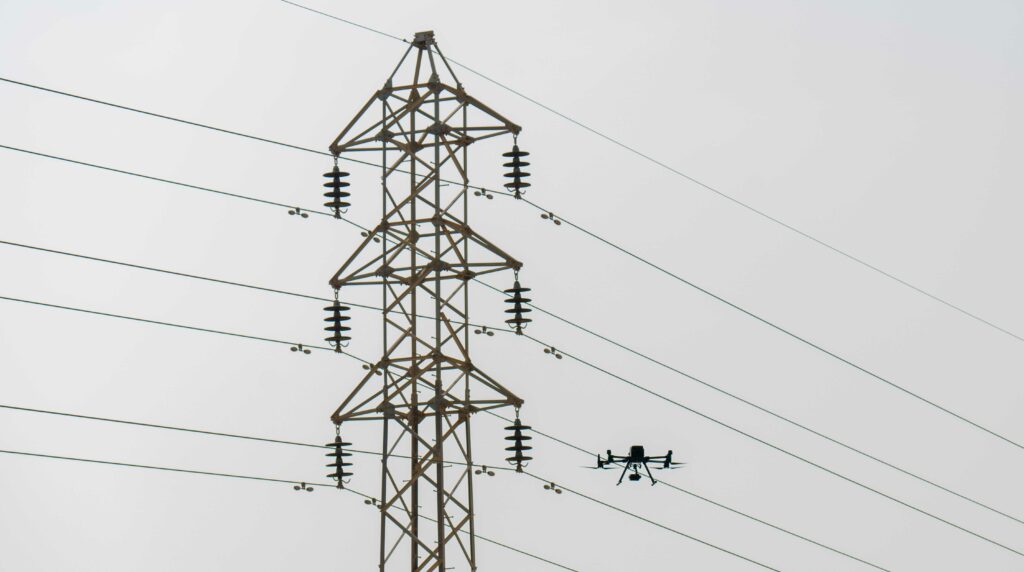
The Power and Utilities sector is undergoing a radical transformation. Technological advancements and rising consumer expectations are exerting pressure that demands new capabilities. You are at a point where you can’t really afford to move ahead assessing the efficiency of the assets with the same old traditional methods – by the time the traditional inspection is done, even a minor issue can develop into a catastrophic accident.
DJI Zenmuse H20T; an integration of powerful multi-sensors
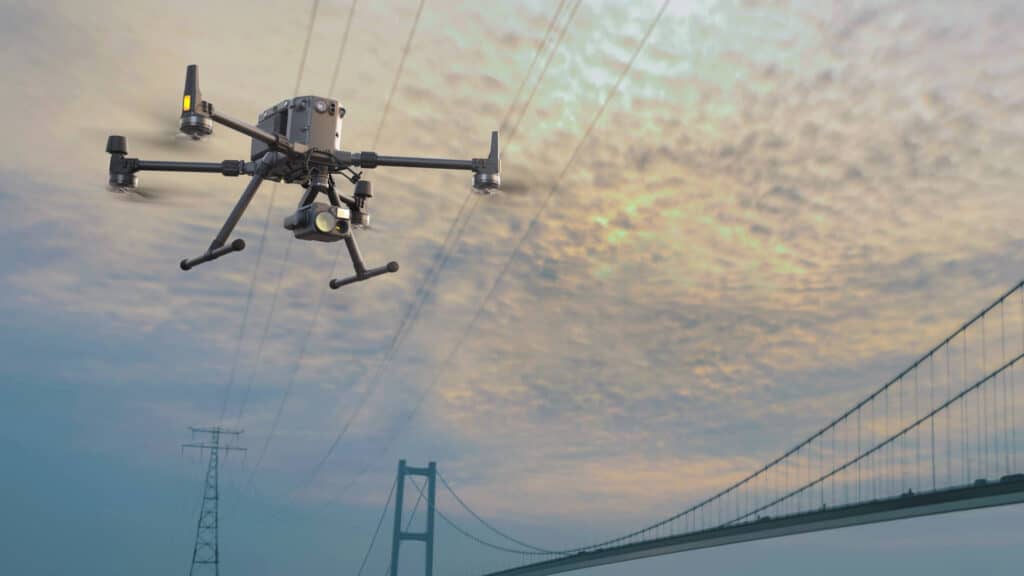
DJI Zenmuse H20T is an incredible payload from the H20 series, and is popularly known for its thermal capabilities. First, let’s get the basics right. The ‘H’ stands for its ‘Hybrid’ nature, ’20’ denotes its 20MP zoom camera and ‘T’ stands for Thermal camera. Well, H20T isn’t just that; what if I say it incorporates the capacities of DJI’s best industrial drone platforms? Let’s explore more about the DJI Zenmuse H20T.
DJI Zenmuse H20N v/s H20T; What’s the best?

Let’s talk about DJI’s Zenmuse H20 Series – DJI’s first hybrid sensor solution. The payloads in the H20 series (DJI Zenmuse H20N and DJI Zenmuse H20T) share multiple similarities but have certain variations too. And the significant difference between them lies in the slight change in the labelling at the end – T or N. T for ‘Thermal’ and N for ‘Night Vision’; this is where the major difference lies, both cost-wise and function-wise. Pricing-wise, the H20N is a bit costlier than its thermal counterpart. Even though these payloads are meant for specific industrial needs, you might have this natural tendency to compare them. ‘What’s the best?’ is a question we can’t help. Don’t worry; this article is for you. Let’s explore DJI Zenmuse H20N v/s H20T; here, we will discuss about the headline innovations, similarities and differences of these incredible payloads in the H20 series.
LiDAR or Photogrammetry – Which one is better?

Drones make operations Safer, Efficient, Accurate, Quick, and way more Cost-effective compared to traditional practices. Drones are becoming increasingly popular in Surveying and Mapping, and this adoption can only be attributed to the huge array of benefits that come along with it. Drones allow you to conduct operations with a fraction of the workforce while improving efficiency and accuracy; moreover, drone-powered surveys and mapping are 75%-80% quicker than terrestrial measurement while giving you high precision and improved safety. For surveying and mapping professionals, LiDAR and Photogrammetry data-capturing techniques have been a part of the process. Now the only question that is troubling almost everyone – from amateurs to experienced drone professionals is – ‘Which one is better – Lidar or Photogrammetry?’ and naturally, the next question is – ‘DJI Zenmuse L1 or DJI Zenmuse P1? So let’s get into this dilemma.
How are DJI Drones Shaping the Future of Telecom Inspections?

The Telecom industry is an ever-evolving space, and so are the challenges associated with its operations and growth – managing vast, complex and remote infrastructures located in hard-to-reach and dangerous terrain is a real challenge. Amid these obstacles, telecoms need to keep their equipment sound and safe while also ensuring the safety of their inspectors. Wondering “how to effectively tackle these challenges”? Let’s find out how drones address these challenges to make the inspection process safer, faster and more effective. Likewise, this article discusses why DJI M3OO RTK is particularly the best player in Telecom Inspections.
DJI Zenmuse P1; Sub-centimeter GSD when Surveying & Mapping
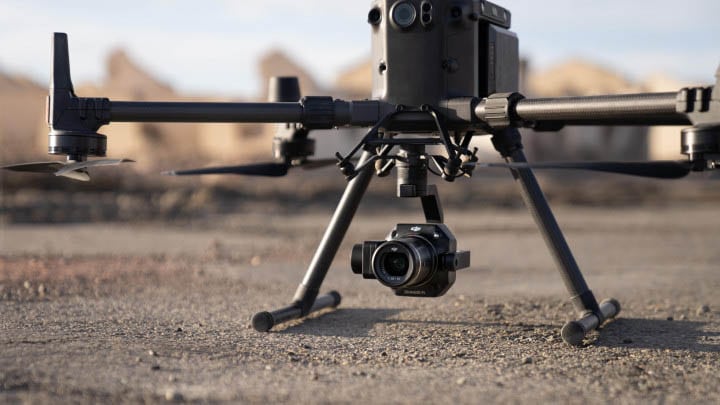
Let’s talk payloads – Drone professional’s favourite photogrammetry tool, the DJI Zenmuse P1.
Did you know that P1 is DJI’s largest image sensor with the highest resolution? The Phantom 4 RTK – the closest competitor, has a 20MP sensor, which is 7.5 times smaller than the DJI Zemuse P1. There are a lot of exciting features to explore on P1, including its full-frame sensor, interchangeable lenses, the Smart Oblique Capture function and more. We hope this article will guide you to make better-informed decisions.
Drone Powerline Inspection: The Workflow, Advantages, and more
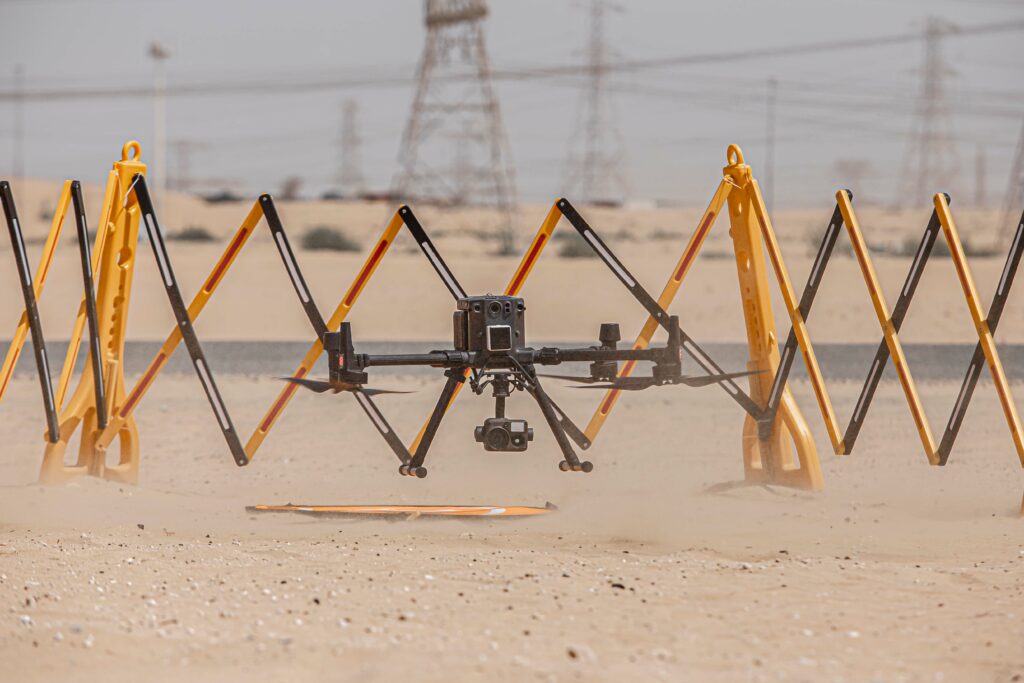
We present you this article owing to the fact that we live in a DIY Era and there is NO better alternative to powerline inspection than a drone powerline inspection! So, how would a typical drone-based powerline inspection looks like? Let’s find out.
DJI Zenmuse L1; LiDAR Survey Made Easy
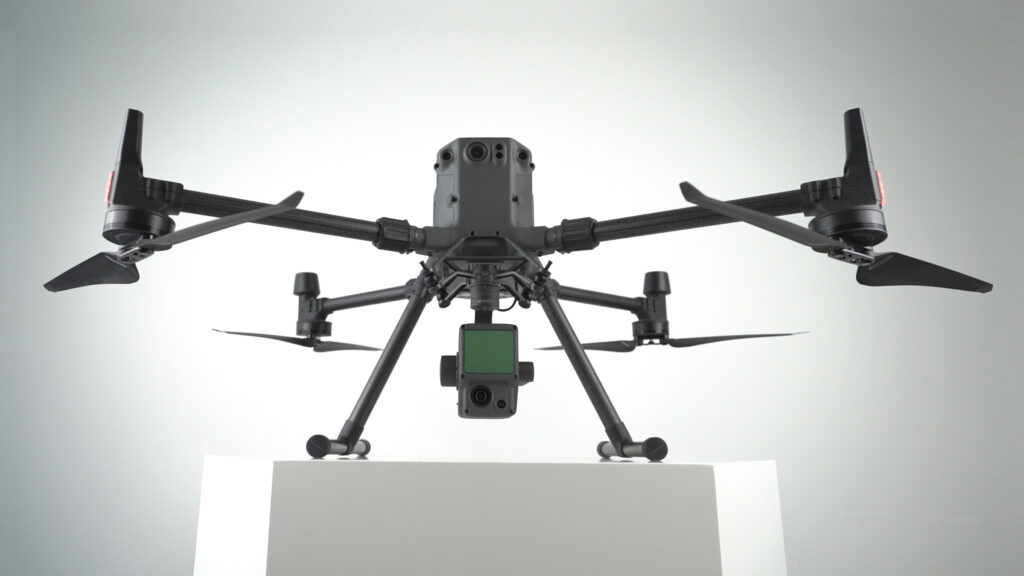
For a multitude of reasons, DJI’s first Livox LiDAR payload — the Zenmuse L1, is gaining a lot of traction among drone professionals. First of all, the DJI Zenmuse L1 incorporates the powers of both laser and visible light; this payload can simultaneously capture both LiDAR and Photogrammetry data. L1 is well known for capturing ‘accuracy’ by integrating a Livox LiDAR module, a high-accuracy IMU, a survey-grade camera, and additionally, it comes with a 3-axis stabilized gimbal. Well, not just that, there is a lot more to explore on this unparalleled player in the Drone-based solutions!
